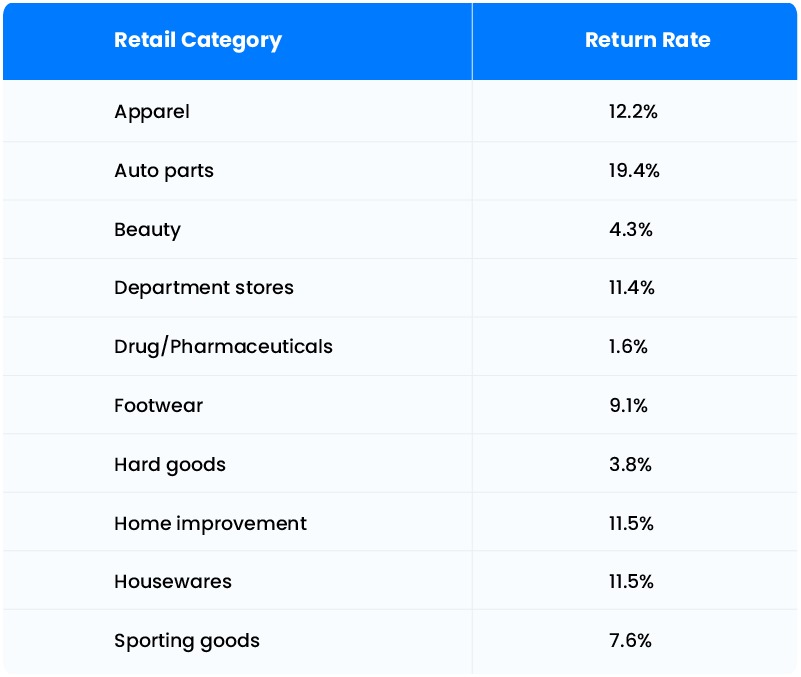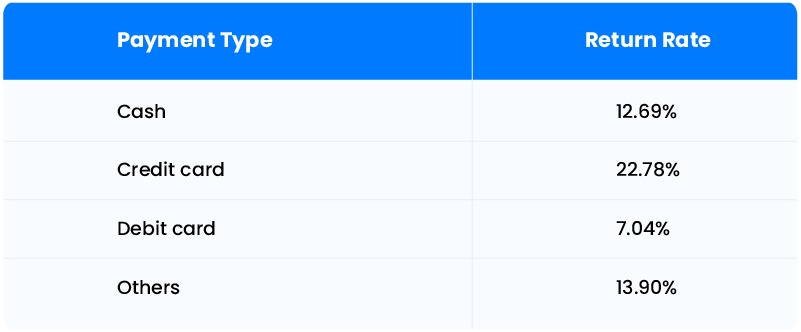Online net sales calculator
Your Net Sales is: $
Net Sales is the first thing you get to see on an income statement. So, you need to double-check that you are providing the right figures.
But don’t get scared. Calculating the Net Sales is quite simple.
This article explains Net Sales and helps you understand how the formula came to be and how you can use it in your business.
What is net sales?
Net Sales is the amount that you are left with once you remove all the deductibles from your gross sales. The deductibles include returns, discounts, and allowances. It is the amount of revenue that a company puts on its income report statement. It is the primary sales figure that analysts review when you release your income statement.
“Net sales” defines how your business is performing. While the formula for net sales is quite simple, computing the individual components can be quite difficult.
Net sales formula
The Net Sales of a company are simply given as:

The formula is a simple formula involving subtracting a few elements from the gross sales. Here’s what those individual elements mean.
- Gross Sales: This is the amount from the total sales. The amount is not adjusted for any discount, returns, or allowances. Gross sales include all types of sales including credit card sales or even cash sales.
- Returns: You will always have cases when sold goods are being returned. This can happen because of manufacturing issues, or the product is not what the customer expected it to be. Since the customer is generally refunded a full or a partial value of the original purchase price, the amount is subtracted from the gross sales.
- Allowances: Goods can get damaged but can still be functional. Companies often sell these at a reduced cost. The difference between the actual price and the selling price is the allowance.
- Discount: All brands provide discounts now and then. These include seasonal discounts, loyalty discounts, discounts for bulk purchases, and more.
Let’s understand the concept of net sales with an example.
Let’s say, a company makes a gross sale of $1,000,000. Because of issues with the goods or the sales process, it must return $10,000 to customers. It also gives sales allowances of $5,000. During sales processes, the company gives $15,000 as a discount. Then this is how the net sales figure is calculated:
Net sales = $1,000,000 – $10,000 – $5,000 – $15,000 = $970,000
Components of Net Sales
It is important to keep in mind that net sales are dependent on various transactions and can change accordingly. Particularly, businesses selling physical items through an extensive catalog can witness highly fluctuating net sales.
Some of these transactions include:
Sales Allowance
When selling physical goods, often the customer will receive items in slightly damaged condition. While these can be repaired easily, the brand still will have to bear some cost. It may also happen that the damage is simply cosmetic, and the product works just fine. In such cases, the customer may ask for a reduced price.
Let’s take an example. Your company may sell refurbished vehicles, and the customer received the vehicle with a minor issue with the tail lamp. The customer can themselves fix the light and pay for the repairs themselves. However, they can ask for a reduced price on the purchase to accommodate the repairs.
The reduction in the cost is your sales allowance. If you plan to reduce the price of the car by $100, then that is the sales allowance you are providing. Sales allowances are uncommon since they act as partial refunds.
Returns
Returns are when the goods are returned by the customers for either being defective or not being useful. A product can be defective because of a manufacturing issue or because of shipping damage.
A product may be not useful when it is not correctly marketed to the right audience. For instance, a customer may have had different expectations from the product. Even though it was completely functional, the customer could not use it. In such cases, the full amount is refunded back to the customer.
Often, processing refunds costs extra money. If you are processing too many returns, you need to look into your manufacturing process or your marketing strategy.
For your reference, here’s the return rate by retail category, as disclosed by Shopify.

If you’re in the fintech sector, you can refer to the following sales return rates by type of payment.

Sales Discounts
Discounts are offered during the billing of the product. A company can afford to offer a discount if they are sure that they are making the necessary profit. Brands can offer seasonal discounts or customer-specific discounts. Discounts make the products more accessible and increase the number of sales.
There are no rules or benchmarks around discounting. Brands generally offer one or more of the following types of discounts.
- Bundled discounts.
- Prepayment discount.
- Volume discount.
- Event/seasonal discounts.
- Free shipping.
- Buy one, get one free.
However, it completely depends on a company’s profit margins or investments planned for customer acquisition.
How to calculate net sales for your business?
Calculating net sales for a business typically involves identifying and subtracting returns, allowances, and discounts from gross sales. To help you understand the process of calculating net sales, two examples have been mentioned below:
Example 1: Retail Apparel Business
A global retail business closes the quarter with gross sales of $500,000. However, due to shipping errors, many products are damaged in delivery, leading to an apparel business loss of $20,000. To manage the losses, the apparel business decides to clear the damaged products at a discounted price, leading to $10,000 in sales allowance transactions. An additional $15,0000 worth of transactions are done in seasonal sales.
This is how the net sales of the apparel business will be calculated:
Gross sales – return – sales allowance – discounts = net sales
500,000 − $20,000 − $10,000 − $ 15,000 = $455,000
Example 2: Coffee Shop
The gross sales of a coffee shop are $150,000 every month. They experienced $5,000 worth of return transactions due to last-minute cancellations. $2,000 worth of transactions are sales allowance due to unforeseen circumstances and delays. Lastly, $3,000 worth of transactions are made through discounts and loyalty programs.
This is how the net sales of the apparel business will be calculated.
Gross sales – return – sales allowance – discounts = net sales
$150,000 − $5,000 − $2,000 − $3,000 = $140,000
By following the above method, you can accurately determine your business’s net sales.
Remember, regularly updating your records will help you maintain an accurate financial overview and make informed business decisions. Make sure you consistently track and record all relevant transactions, such as returns, allowances, and discounts, to ensure precise calculations.
Net Revenue vs. Gross Margin vs. Net Income
Net Revenue is the same as net sales – it is the final revenue made by the company as explained earlier in the article.
Gross Margin usually factors in the manufacturing costs. These include the Cost of Goods Sold or COGS. To find the gross margin, you simply deduct the cost of goods sold from the net revenue or net sales. These costs include the sales overhead costs, the labor costs, manufacturing costs, and so on.
Gross Margin is a useful sales metric when you want to look at how much you are losing while manufacturing or sourcing your product.
Net income is the bottom line of the company. It is the amount of money that the company gets to keep after subtracting all the expenses needed to keep the company running. These expenses include:
- Operating expenses
- Payroll and Taxes
- Depreciation of fixed assets
- Interest on loans
Taking the previous example, the net sales of the company is $970,000. Now, if the total amount spent on employee wages and operating taxes is $350,000, then the net income of the company is $620,000.
Here is a formula for net income.

Points to Remember
- Net sales are the gross sales made, minus the allowances, discounts, and returns. Gross margin considers the costs of goods sold while net income is the bottom line that factors in operating costs.
- When net sales are externally reported, they are mentioned in the “direct costs” portion of the statement.
- The net sales affect the gross profit and the gross profit margin.
Importance of Net Sales in Financial Statements
Net sales and gross margin are crucial metrics for internal business analysis, as they allow the business to determine whether to continue selling a product.
Net sales, when comprehensively analyzed, play a strategic role in enabling companies to modify prices and promotions. This strategic use of net sales data is a powerful tool in the hands of businesses.
Beyond all costs, net income is the most interesting figure to examine because it shows how profitable the business is. By comparing net sales to net profits, a company can determine whether it is processing too many returns or giving out excessive discounts, which could indicate problems with its sales tactics, marketing strategy, or product quality.
Ultimately, companies need to look at all the revenue figures to paint a complete picture of their business. All the metrics, when taken together, will provide a lot more room for improvement.
FAQs
Net sales is not the same as profit as it does not include the operating costs of the company. However, net income can be equated to profit. Net income mentions the leftover revenue after all the expenses are paid off.
Net sales do not include the taxes to be paid by the company. The taxes are included in net income.
Net income is the profit the company makes after having paid off all the expenses such as employee wages, loans, and operating costs. Net sales are the amount after the deductibles only related to the sales. These include allowances, discounts, and referrals.
Gross refers to the “total” or “whole” while net refers to “what remains”. For example, gross profit, sometimes referred to as gross income, is the profit the company makes from the sales of its goods and services. The net profit is the profit that remains after all the expenses are subtracted from the revenue.








![[Webinar] Maximizing ROI with WhatsApp CRM](https://www.leadsquared.com/wp-content/uploads/2024/07/Maximizing-ROI-with-WhatsApp-CRM-webinar-popup.gif)
